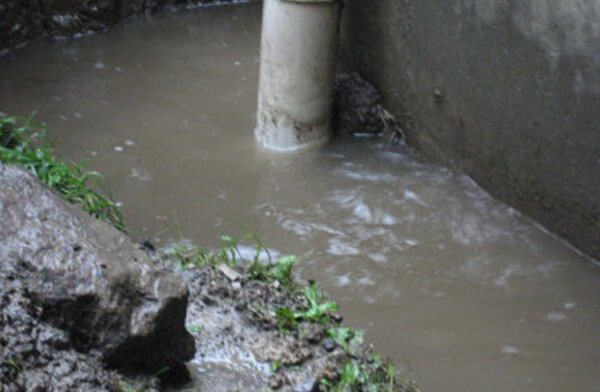Just how do you actually feel in regards to Locating water leaks?

Early detection of dripping water lines can reduce a prospective calamity. Some tiny water leakages might not be visible.
1. Take A Look At the Water Meter
Every house has a water meter. Inspecting it is a guaranteed manner in which helps you find leakages. For starters, turn off all the water sources. Make sure no person will flush, use the tap, shower, run the washing device or dish washer. From there, most likely to the meter and watch if it will alter. Given that no person is using it, there should be no movements. If it relocates, that shows a fast-moving leak. If you discover no adjustments, wait a hr or 2 and also check back again. This implies you might have a slow-moving leak that might also be below ground.
2. Check Water Consumption
Evaluate your water expenses as well as track your water consumption. As the one paying it, you should discover if there are any type of inconsistencies. If you identify sudden changes, in spite of your usage being the same, it means that you have leaks in your plumbing system. Remember, your water bill need to drop under the very same array on a monthly basis. An abrupt spike in your costs shows a fast-moving leakage.
A constant rise every month, also with the very same behaviors, shows you have a slow leakage that's likewise slowly rising. Call a plumber to completely examine your building, particularly if you feel a warm area on your floor with piping below.
3. Do a Food Coloring Test
When it comes to water intake, 30% comes from commodes. Examination to see if they are running appropriately. Drop specks of food shade in the storage tank and also wait 10 minutes. If the shade somehow infiltrates your dish during that time without flushing, there's a leakage between the storage tank and bowl.
4. Asses Exterior Lines
Don't neglect to check your outside water lines also. Ought to water leak out of the link, you have a loose rubber gasket. One small leakage can waste heaps of water and surge your water costs.
5. Inspect as well as Evaluate the Scenario
Homeowners ought to make it a routine to check under the sink counters and also inside closets for any kind of bad odor or mold growth. These two warnings show a leak so timely interest is called for. Doing regular inspections, even bi-annually, can save you from a major issue.
If you know your house is already old, keep a watchful eye on your heaters, hose pipes, pipes etc. Check for discolorations and weakening as many devices and also pipelines have a life span. They will certainly likewise naturally weaken due to damage. If you suspect leaking water lines in your plumbing system, don't wait for it to escalate. Call a professional plumber right away so you do not wind up with a dreadful mess in your house.
Early detection of leaking water lines can reduce a potential disaster. Some small water leaks may not be visible. Checking it is a proven means that assists you find leaks. One tiny leakage can throw away heaps of water as well Try Here as spike your water bill.
If you believe dripping water lines in your plumbing system, do not wait for it to intensify.
WARNING SIGNS OF WATER LEAKAGE BEHIND THE WALL
PERSISTENT MUSTY ODORS
As water slowly drips from a leaky pipe inside the wall, flooring and sheetrock stay damp and develop an odor similar to wet cardboard. It generates a musty smell that can help you find hidden leaks.
MOLD IN UNUSUAL AREAS
Mold usually grows in wet areas like kitchens, baths and laundry rooms. If you spot the stuff on walls or baseboards in other rooms of the house, it’s a good indicator of undetected water leaks.
STAINS THAT GROW
When mold thrives around a leaky pipe, it sometimes takes hold on the inside surface of the affected wall. A growing stain on otherwise clean sheetrock is often your sign of a hidden plumbing problem.
PEELING OR BUBBLING WALLPAPER / PAINT
This clue is easy to miss in rooms that don’t get much use. When you see wallpaper separating along seams or paint bubbling or flaking off the wall, blame sheetrock that stays wet because of an undetected leak.
BUCKLED CEILINGS AND STAINED FLOORS
If ceilings or floors in bathrooms, kitchens or laundry areas develop structural problems, don’t rule out constant damp inside the walls. Wet sheetrock can affect adjacent framing, flooring and ceilings.
https://www.servicemasterbyzaba.com/blog/how-to-detect-water-leakage-in-walls/

As an enthusiastic reader on Locating water leaks, I was thinking sharing that excerpt was beneficial. So long as you enjoyed our article if you please don't forget to pass it around. Thank you so much for your time spent reading it.